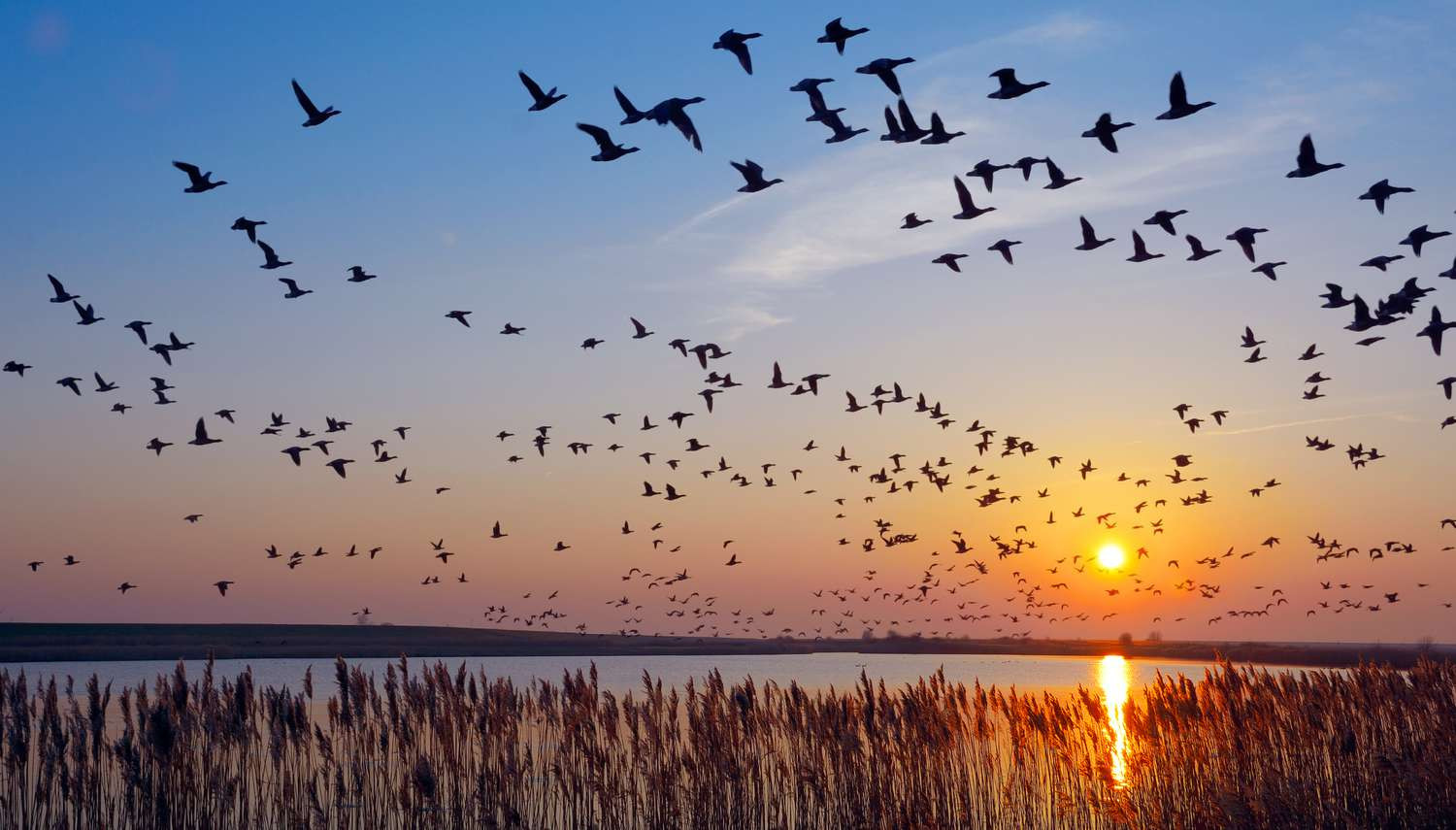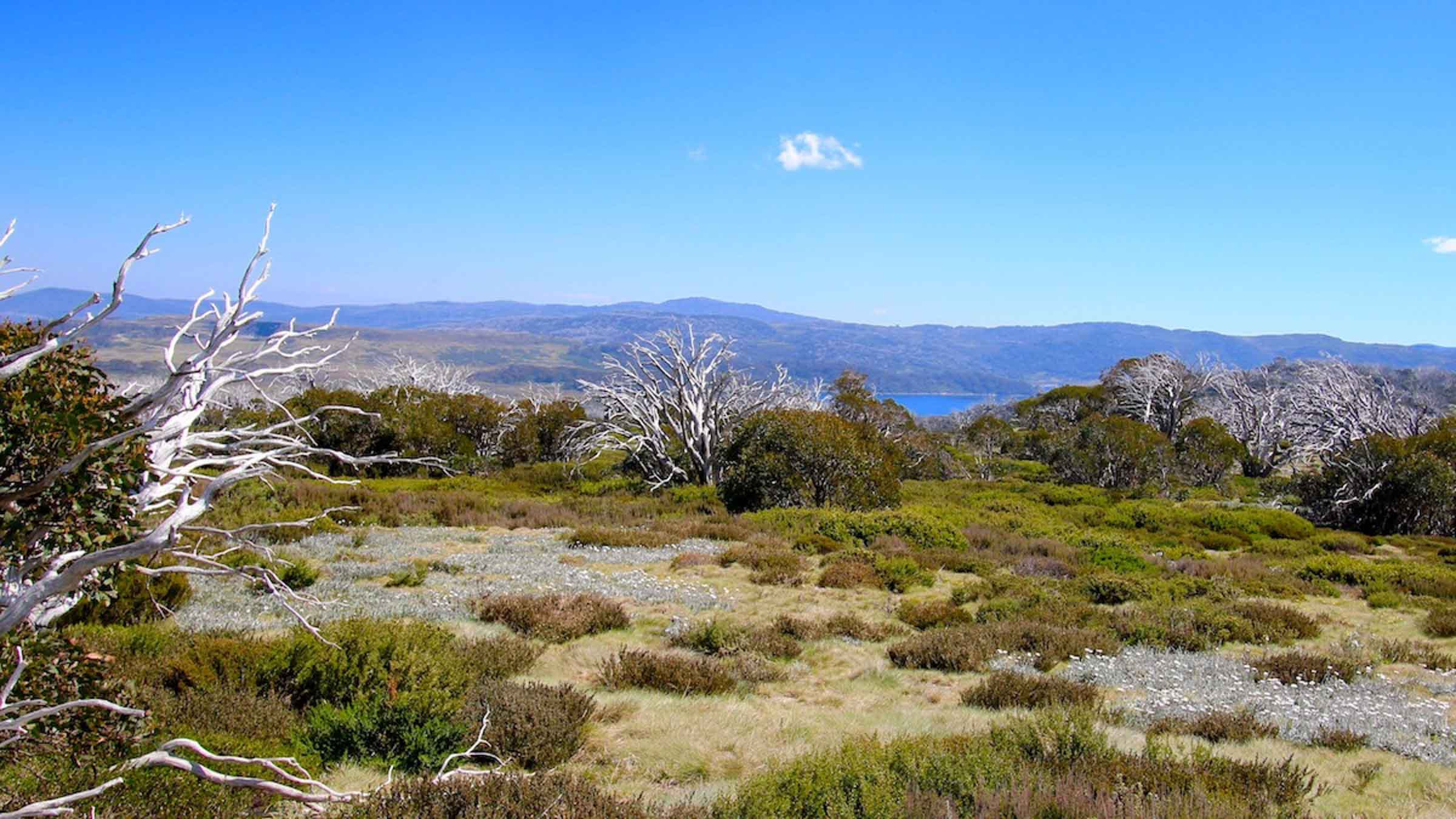Millions of birds are currently soaring across the skies, embarking on their epic journeys south before winter's arrival. This annual phenomenon, a marvel of nature, remains shrouded in mystery, but a recent study published in August 2024 sheds new light on this captivating spectacle.
Researchers, using over half a million data points gathered from five prominent migration sites in the Northeast and Great Lakes regions of North America, have made a surprising discovery: birds of different species form lasting relationships during their migratory flights.
Unprecedented Avian Social Bonds
To study bird migration, scientists meticulously tag the birds they capture at recognized stopover points with small, numbered rings. These meticulously collected data, spanning numerous years, revealed patterns that defy expectations. The study found that, for instance, every spring, White-throated Warblers, Black-and-white Warblers, and Chestnut-sided Warblers are consistently captured in the same sections of nets, within a similar timeframe of twenty to forty-five minutes. This phenomenon also occurs in autumn when researchers consistently capture White-throated Sparrows, Ruby-crowned Kinglets, and Yellow-rumped Warblers in the same location at the same time.
The Nature of Avian Interactions
Emily Cohen, a migration biologist at the University of Maryland Center for Environmental Science (UMCES), describes this phenomenon, stating, “What we’re observing is the coexistence of all these species. In the ocean, fish and marine mammals follow the same currents, and in the airspace, you find insects, birds, and bats of all kinds.” She emphasizes that it would be illogical to believe species don’t interact.
More Than Just Coexistence
While acknowledging the need for further research to definitively determine the nature of these relationships, Joely DeSimone, a researcher at UMCES, reveals a fascinating observation: songbirds, often referred to as oscines, are more likely to associate with each other than to avoid each other. Out of the fifty species studied, data indicate that only the White-throated Sparrows and Ruby-crowned Kinglets consistently avoid each other, the reason for which remains unknown.
Challenging Assumptions
This tendency for birds to form friendships during their migratory flights is counterintuitive, especially for closely related species that share similar foraging behaviors. Imagine millions of animals traveling thousands of miles, hungry and displaced. “We expected to see competition among species that eat the same foods,” explains DeSimone. However, the consistent observation of these species together, and their synchronized movements, might indicate the advantages of an “avian social network.”
The Future of Avian Networks
Researchers believe these relationships between birds are influenced by ecological factors and are threatened by climate change. The next step is to understand the precise nature of these relationships and their implications for the ecosystem as the climate shifts and resources change. It is clear that we have a crucial role in protecting these recently discovered friendships.
Birds of a Feather, Indeed
This ground-breaking study challenges long-held scientific assumptions and provides a unique glimpse into the complex lives of migratory birds. The discovery of these unexpected avian social networks highlights the interconnectedness of nature and underscores the importance of preserving these fragile relationships for the health of our planet.

















